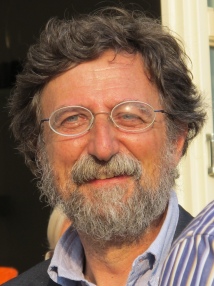BibTex format
@article{Laine:2021:10.1016/S2542-5196(21)00250-3,
author = {Laine, J and Huybrechts, I and Gunter, M and Ferrari, P and Weiderpass, E and Tsilidis, K and Dagfinn, A and Schulze, M and Bergmann, M and Temme, E and Boer, JMA and Agnoli, C and Ericson, U and Stubbendorff, A and Ibsen, DB and Dahm, CC and Deschasaux, M and Touvier, M and Kesse-Guyot, E and Sánchez, M-J and Barranco, MR and Tong, TYN and Papier, K and Knuppel, A and Boutron-Ruault, M-C and Mancini, F and Severi, G and Srour, B and Kühn, T and Masala, G and Agudo, A and Skeie, G and Rylander, C and Sandanger, TM and Riboli, E and Vineis, P},
doi = {10.1016/S2542-5196(21)00250-3},
journal = {The Lancet Planetary Health},
pages = {e786--e796},
title = {Co-benefits from sustainable dietary shifts for population and environmental health: an assessment from a large European cohort study},
url = {http://dx.doi.org/10.1016/S2542-5196(21)00250-3},
volume = {5},
year = {2021}
}

